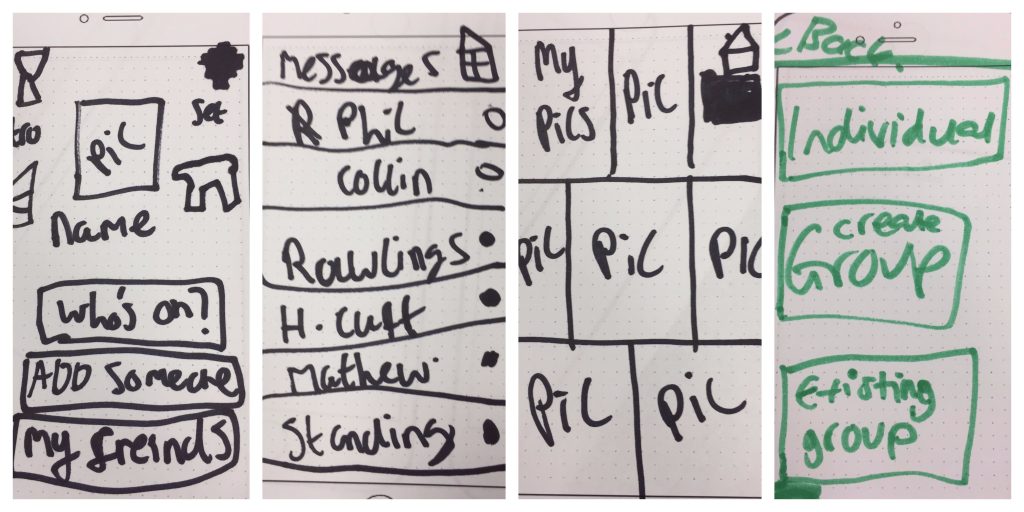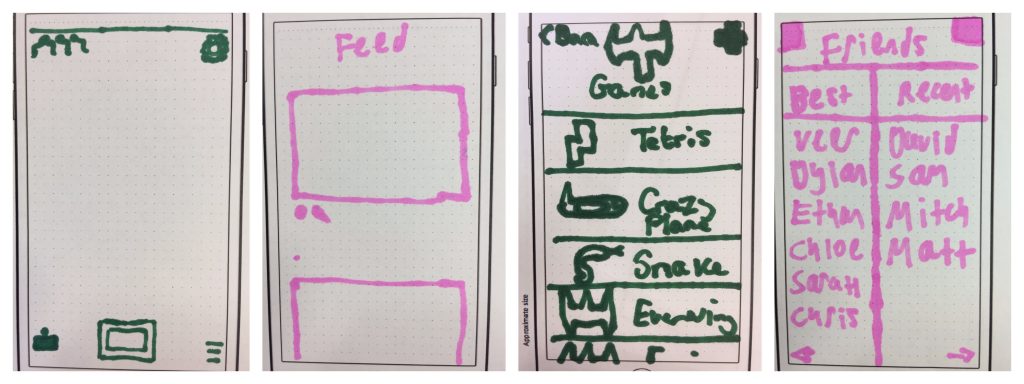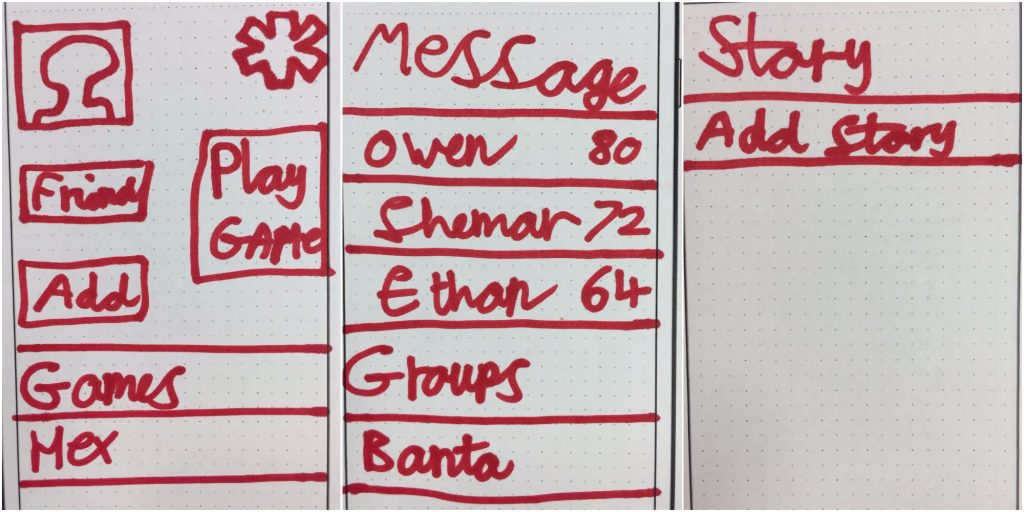
Following our first workshop with school kids last year, we have decided to roll out our schools programme as far as we can.
We want to demonstrate to kids that making great apps isn’t just about technology and that you don’t have to be a coder to work in tech.
We also wanted to show kids that you don’t have to have a £1,000 MacBook to get started – all you really need is a pen and some paper.
Very few of our portfolio companies were founded by techies, but driven by creativity and curiosity, nearly all of them have gone on to find follow-on funding (and the rest will be very soon!).
We decided the best way to demonstrate this to school kids this was to show them how we work with clients.
Like them, many of our clients don’t come from a technical background and wouldn’t know where to get started with coding – but that hasn’t stopped them from founding useful, exciting and creative tech businesses. When we’re trying to get our clients’ ideas out of their heads and into ours, we do an exercise known as rapid prototyping…
The workshop
We were joined by nine 14-15 years olds from Henbury School who wanted to get out of the classroom and see a real business. They were all interested in apps and about half of them had considered working in tech one day.
We started the workshop by asking which chat apps everyone used regularly. They were pretty much unanimous in their responses:
- Snapchat
- Messenger
Snapchat didn’t come as any surprise, and based on last time we expected WhatsApp. Messenger was much more popular this time than at our last workshop, where the kids weren’t really fussed on Facebook.
A few other app names were thrown about; Viber, Gmail, Hangouts, Tinder – but these were all mentioned once or twice and passed over quickly. No one really mentioned Instagram at this point, probably because it’s not a typical chat app, although it did get talked about a lot later on…
Next, we asked about features – ‘what bits of those apps do you like best?’ we asked. Everyone wrote features on post it notes before sticking them on the wall with the most important/ favourite up high, and the least important underneath.
Once the features were prioritised, we were able to see what these kids really wanted…
- Stories: pretty much everyone liked the idea of self-destructing stories, something that Snapchat kicked off, but that Instagram and Facebook soon followed. They liked that Snapchat told you when someone had screenshotted your snap, but wished there was a way to stop them screenshotting your stuff in the first place (although they still wanted to be able to screenshot other people’s stuff!).
- Video calling: this was mentioned by pretty much everyone, but interestingly, no one decided to include this in their final app ideas. When we talked about speaking face-to-face, or voice-to-voice, almost everyone said that they’d rather send a message instead
- In app games: good to see Tetris and Snake still getting the love!
- Best friends/ favourite people: being able to assign people as your ‘best friends’ was a popular feature
- Streaks: the gamification aspect of ‘streaks’ was discussed a lot, with one or two kids mentioning that they felt so competitively about them that they’d happily give up their password to a friend to maintain streaks when they didn’t have internet access.
- Picture messaging was a given.
- Privacy: this was spoken about less in terms of encryption, and more in terms of being able to have private conversations as well as public ones like comment threads. While some of them might share a password with a trusted friend, nobody wanted their conversations to be public.
Once we’d got our heads around features, Simpleweb product manager Nick started sketching out ideas on the board.
We wanted to show the kids that the first step in developing apps didn’t even involve a computer, and that you didn’t have to be good at drawing, you just need to get ideas down fast.
We encouraged the kids to create fast, imperfect sketches. The quicker you make a mistake, the quicker you can find a solution.
The apps
Working in groups of three (highlighting the importance of collaboration), the kids prototyped 3 apps that, interestingly, were all a combination of Snapchat, Instagram and Facebook (in name at least)…
Snapgram
Snapgram was a combination of all the kids’ favourite features including private messages, group messages, games (individual and group), photos and stories. With a lot of functionality, this was one app that had everything they wanted in one place.

Instasnap
Instasnap featured an Instagram style public feed of images and messages as well as a gaming platform with all the classics (Snake, Tetris etc). It also organised your contacts into ‘best friends’ and ‘recents’.
Snapbook
Snapbook was primarily a gaming app, with added private and group messages, as well as Snapchat style stories.

Once everyone was happy with their ideas, and had sketched out a rough storyboard running through one action, we quickly created interactive, clickable prototypes with Marvel to give an understanding of how quickly the idea could come to life.
Everyone demonstrated their ideas while someone from a different team tried to use the Marvel prototype. They quickly saw just how difficult their friends found it to use their apps, and we explained that the next step would be to use that feedback to make their designs better.
Takeaway
We finished off with a quick Q&A about what it’s like to work in tech. It doesn’t matter what your background is, whether you’re better at coding, drawing, problem solving, coming up with new ideas or organising existing ones. If you remain curious and creative you will have what it takes to create the next big thing.



